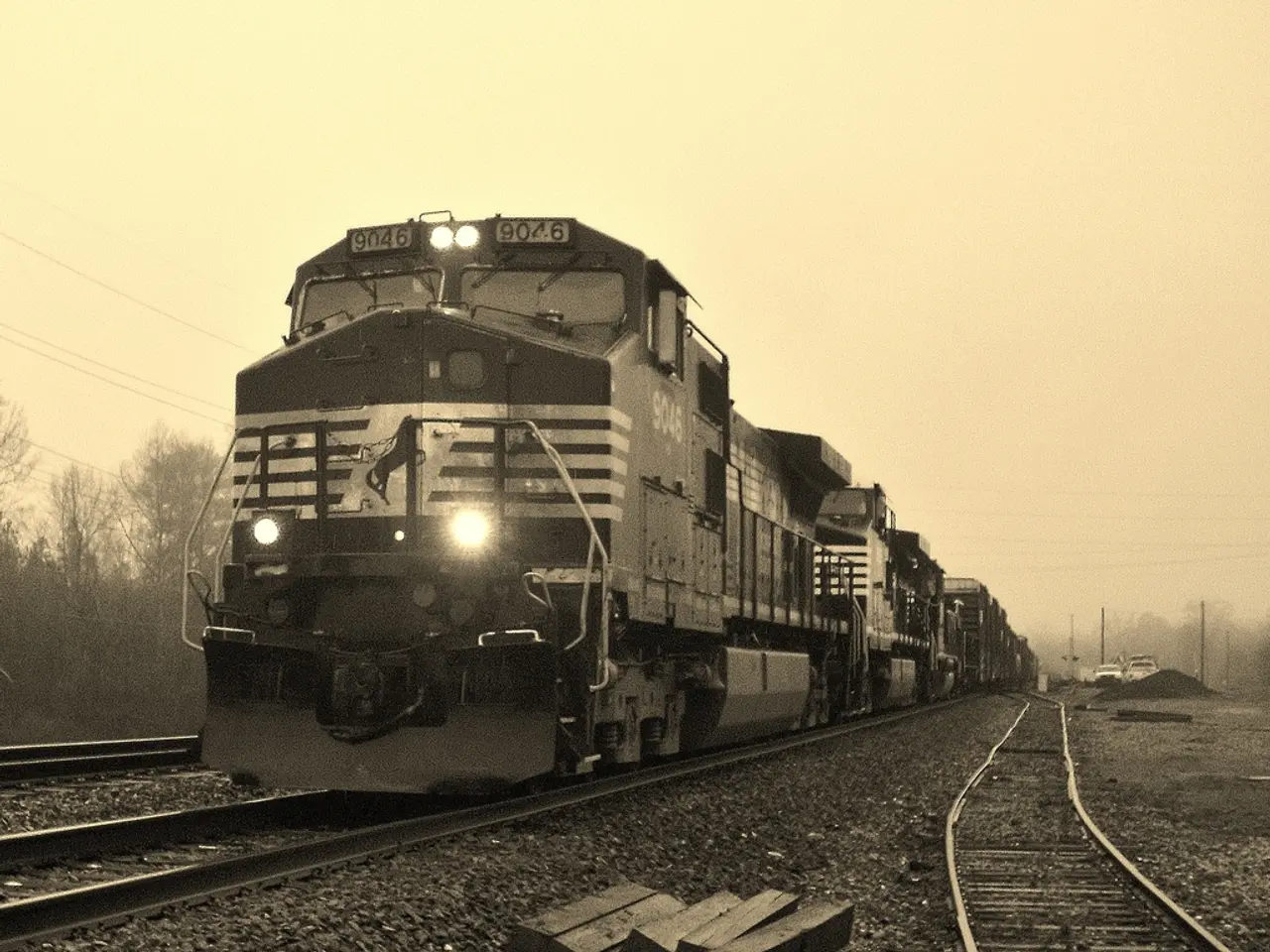Freight rail industry projected to exceed $20 billion in Internet of Things (IoT) earnings by 2032
The North American rail freight industry is witnessing a digital revolution, with IoT-based railcar visibility at the forefront. According to ABI Research, the integration of IoT sensors, AI, and big data analytics is driving the market's focus on real-time monitoring, predictive maintenance, and enhanced operational efficiency.
Manual railcar inspections, which require constant coordination between the train crew and the control center, are time-consuming. However, with IoT technologies, rail operators can continuously monitor the conditions of railcars, tracks, and other assets, enabling early detection of faults and timely maintenance. This proactive approach reduces disruptions and costs.
The expansion of the railcar telematics market is heavily influenced by real-time data analytics, enabling preventive maintenance. This digitalization is crucial for safety and compliance in the freight rail industry, particularly in rail braking inspections. ABI Research's Rail Freight Data market data report discusses the potential benefits of IoT technologies in rail braking inspections.
The North American market, unlike Europe, is underpenetrated when it comes to IoT-based visibility. However, this is changing, with the freight rail industry receiving investments to digitize operations. A coalition called RailPulse, created by leading railcar owners in North America, is driving the adoption of digital solutions.
Key players in this market include Hitachi Rail and NVIDIA, offering AI-integrated asset management systems for real-time predictive maintenance and operational optimization. Siemens Mobility is another significant player, with their Signaling X platform and digital rail services aimed at smarter infrastructure management, maintenance, and safety improvements.
ABI Research predicts that revenues for rail car IoT in freight rail will surpass US$20 billion by 2032. The North American market has a large Total Addressable Market (TAM) of nearly 2 million railcars for IoT-based visibility.
Emerging players in the railcar telematics market within North America include Amsted Digital, Wabtec, Nexxiot, and ZTR. Adhish Luitel, a principal analyst at ABI Research, attributes this expansion to advancements in digitalization and the integration of IoT technologies.
This report is part of ABI Research's Supply Chain Management and Logistics research service, which includes research, data, and ABI Insights. IoT technologies can provide efficiency gains in rail braking inspections, contributing to the global railcar telematics market's growth, driven by the increasing demand for efficient, safe, and cost-effective transportation systems.
[1] ABI Research, "North American Railcar IoT Market Embraces Digitalization and Predictive Maintenance," [URL], accessed [date]. [2] ABI Research, "Rail Freight Data Market Data Report Discusses the Potential Benefits of IoT Technologies in Rail Braking Inspections," [URL], accessed [date]. [3] ABI Research, "Supply Chain Management and Logistics Research Service Includes Research, Data, and ABI Insights," [URL], accessed [date]. [4] ABI Research, "Market Data Spreadsheets from ABI Research Provide Detailed Insight into Opportunities in the Rail Freight Industry," [URL], accessed [date].
- The integration of IoT technologies in the North American rail freight industry could potentially lead to significant advancements in rail braking inspections, contributing to the growth of the global railcar telematics market, as discussed in ABI Research's Supply Chain Management and Logistics research service.
- With the rise of IoT-based visibility in the North American rail freight industry, there is an increasing focus on the incorporation of AI and big data analytics for real-time predictive maintenance and operational efficiency, paralleling the burgeoning finance market in this sector, as evidenced by the investments made for digitizing operations and the expansion of the railcar telematics market.




